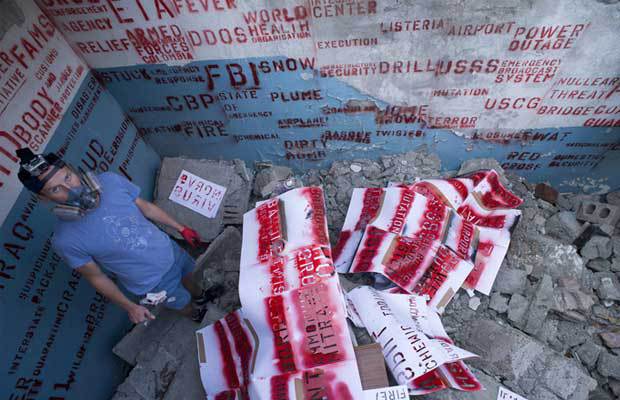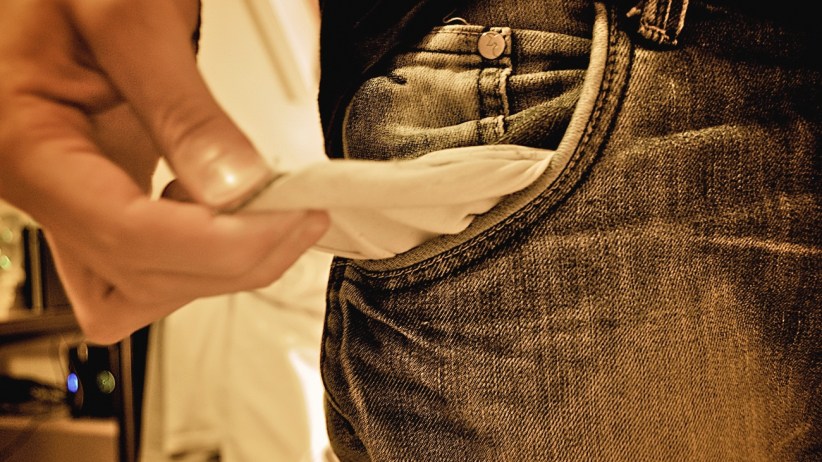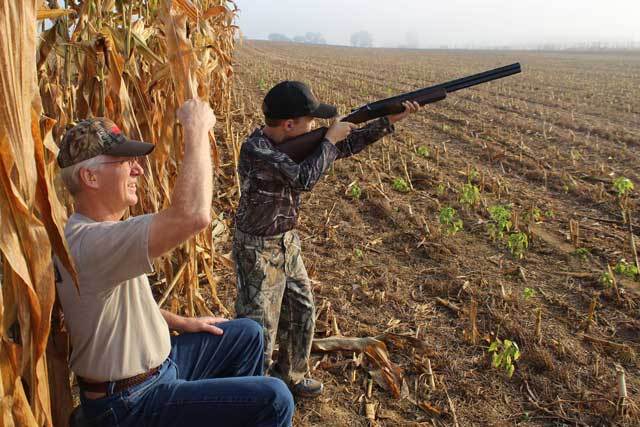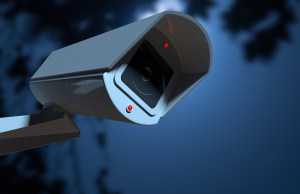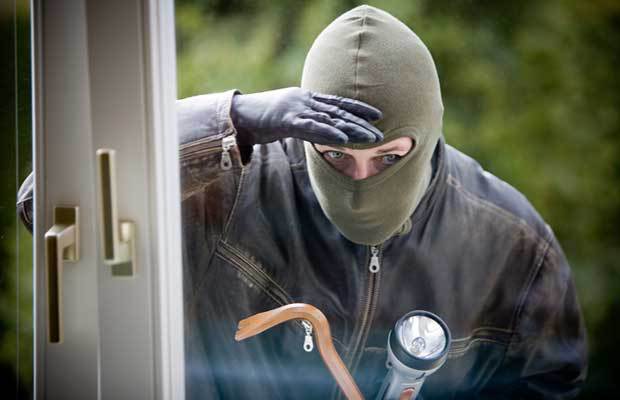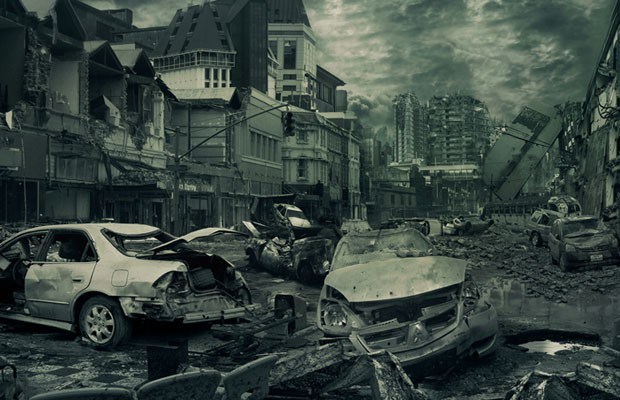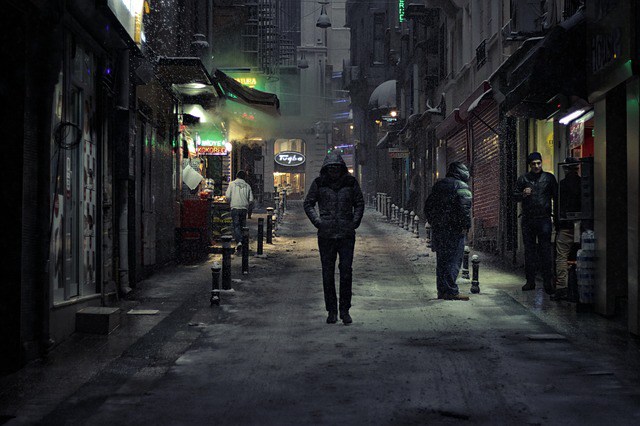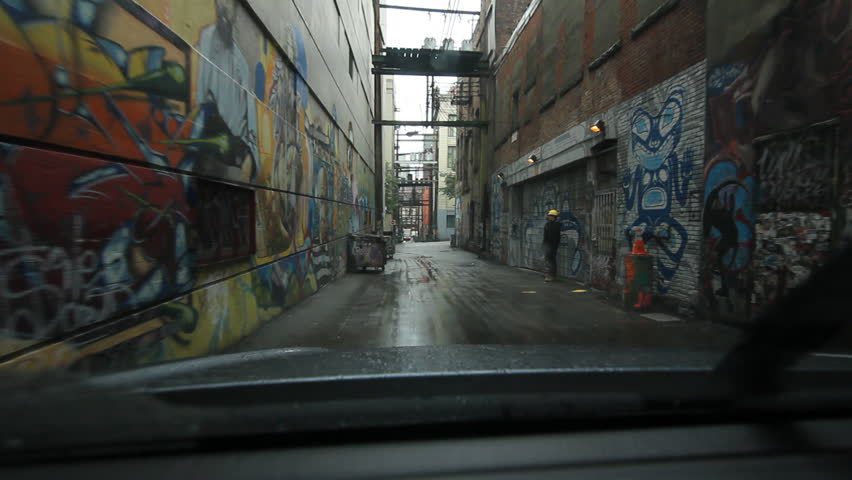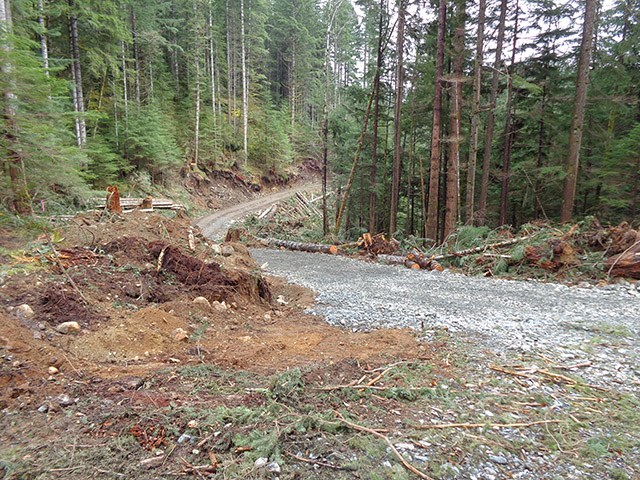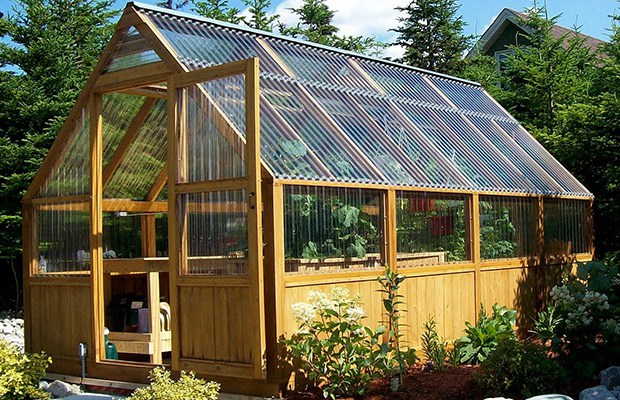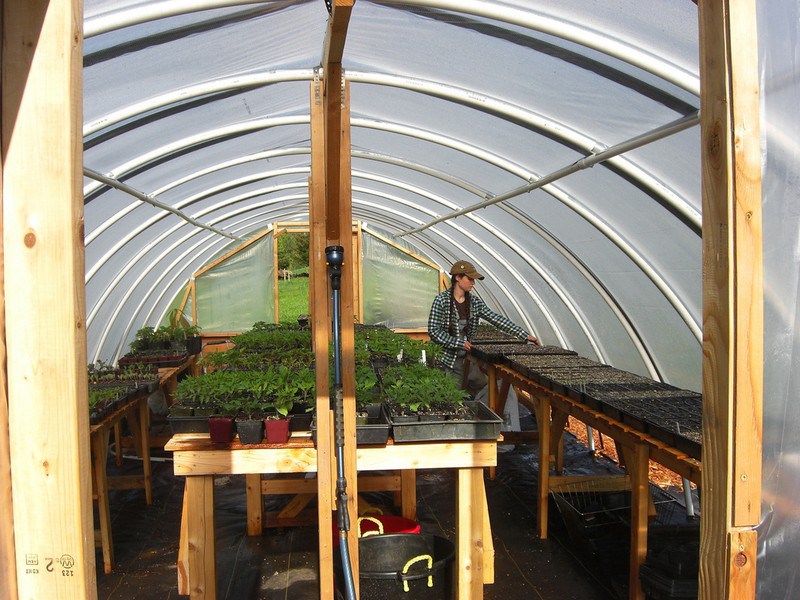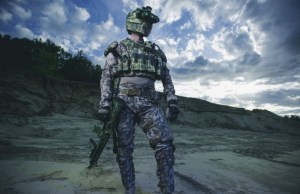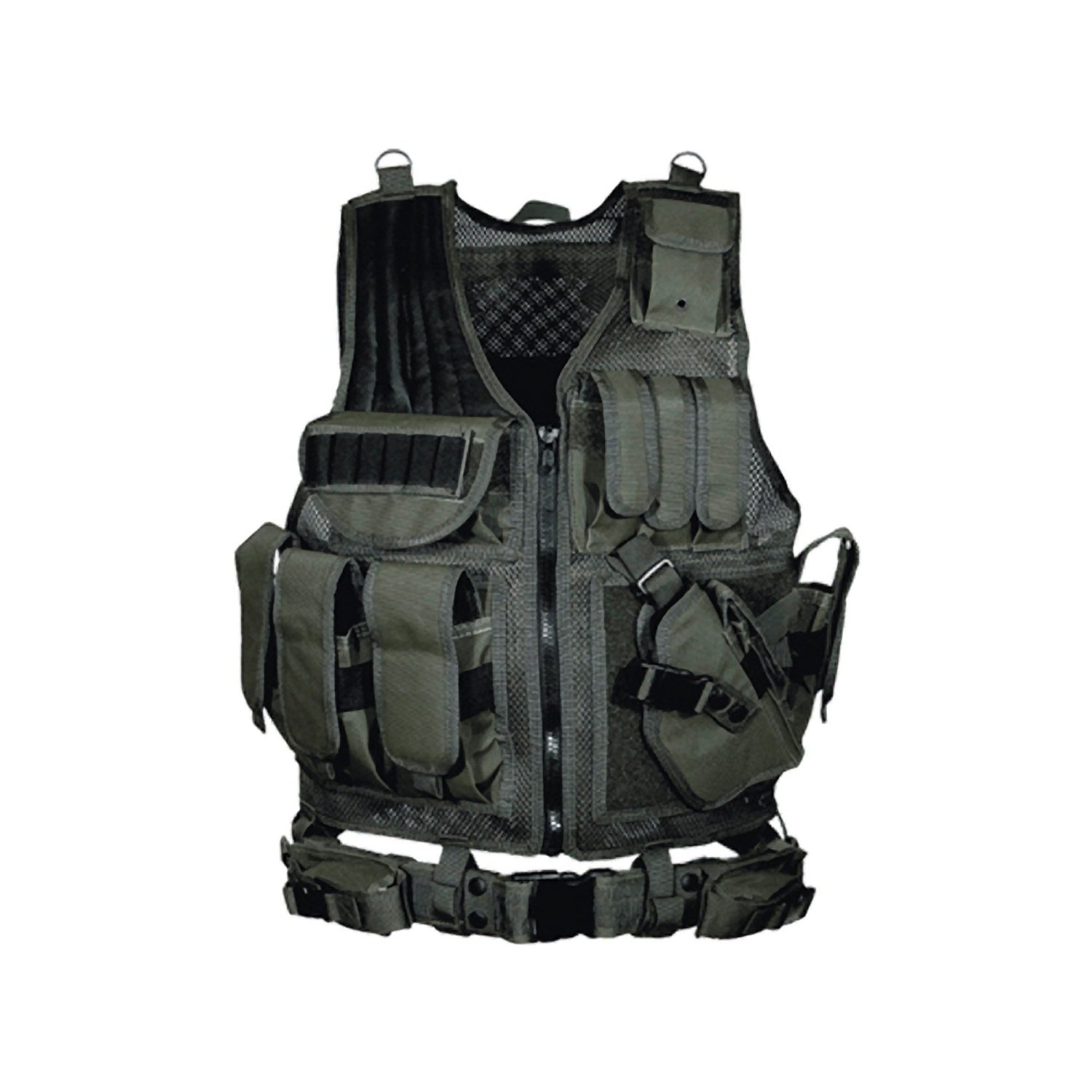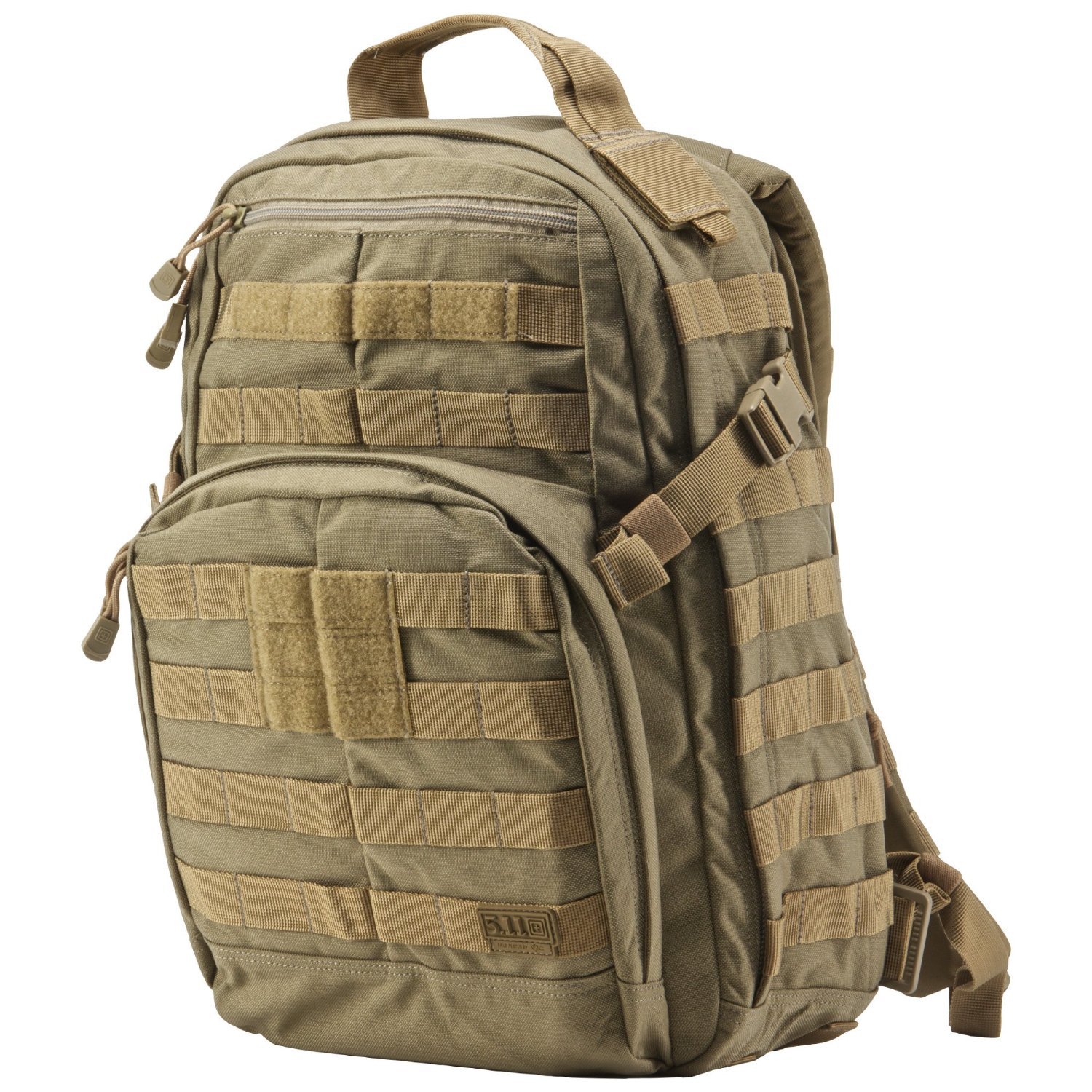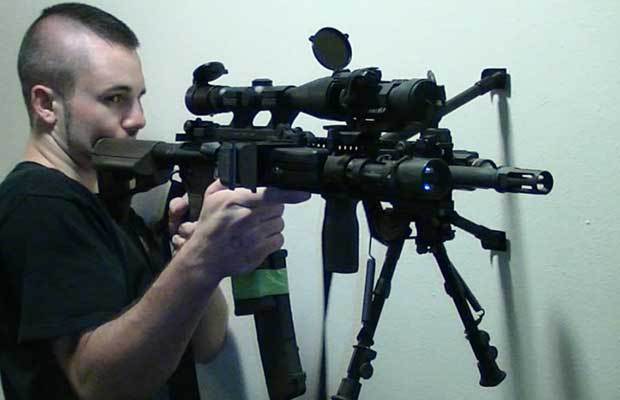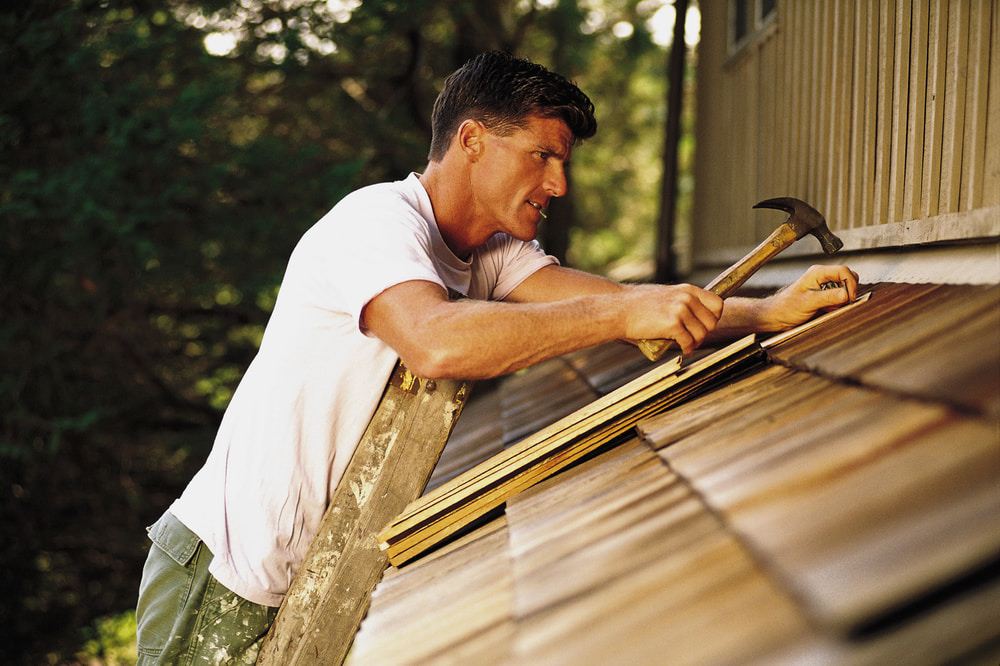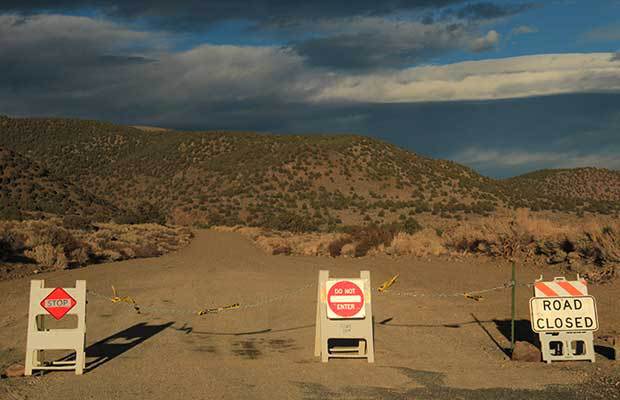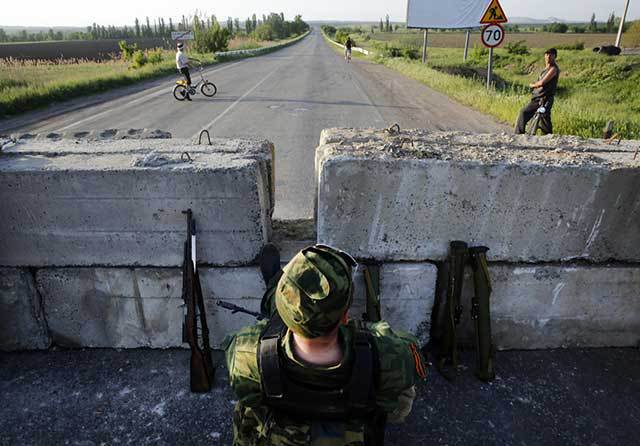Analyzing the Threats and Planning Accordingly
We never know how we are going to go out of this world do we? None of us ever know what will happen tomorrow but we plan and scheme anyway. I know that I can’t say with any certainty what the future holds for our world, but I like millions of others are planning for days that aren’t what we consider normal. Final Prepper has been dedicated for a year now to discussing events that could impact you in ways that seriously affect your daily routine. When what you are used to; running out for coffee in the drive-through at Starbucks, turns into a horror movie and you find yourself running for your life.
There are a million conversations being held right now on the Internet about what is coming and how you need to prepare for this contingency or that. I think there are some events or situations most of us can logically say are possible just from the simple standpoint of nature and how these events have happened so often in the past. We have earthquakes, hurricanes, tornadoes, floods and wildfires every year in the US alone. In other countries we have disease outbreaks, revolutions, wars, ethnic atrocities, humanitarian problems and economic turmoil somewhere virtually all the time. It isn’t unrealistic in my mind to envision any of those things happening at virtually any place on our planet.
There are commonalities with planning for disaster in what you prepare for and the steps you take to mitigate any risks you might face. These common elements seem to be able to stand on their own regardless of the scenario you are planning for. Take food for example. You never hear of any plan to survive that doesn’t involve food at some point in some form. This could be storing food so that you have it in case you are unable to get to the store or the store is out of food. Knowing how to find food in the wild even if the wild is your neighborhood is another way we address the issue as are hunting, growing a garden and even scavenging.
There are some elements of prepping or survival skills that we don’t focus on at least in the immediate short-term. Is this because we see their value as being less or we anticipate having to use these skills or items less likely than others? To frame this discussion I wanted to take a few basic criteria that should be common to any disaster and match them up to see what if anything was missing. The basics are food, water, shelter, security, electricity and health. I have 5 example scenarios to look at.
Global Pandemic – The hypothetical scenario is a highly contagious illness that is spread around the world with a high mortality rate. The disease kills millions but the highest percentage of people survive and may not even experience any effects.
- Food – Food should not be an issue because even with sickness of such a wide spread, food should still make it to markets
- Water – Unless the disease is waterborne, water supplies would be fine, but may need disinfecting.
- Shelter – No impact outside of possibly not wanting to be in contact with sick individuals.
- Security – The pandemic could cause panic and looting until the effects are under control.
- Electricity – Like water, this utility shouldn’t be affected.
- Health – This is an obvious hit in that hospitals would likely be overwhelmed with the sick. Routine injuries or illnesses may not be able to be treated.
EMP – The hypothetical scenario is that EMP devices are detonated over the US causing a complete collapse of the power grid. Not all electrical devices are compromised, but no power is flowing from the electric company.
- Food – Food would easily be affected because of refrigeration and electricity needed to prepare the food. Your refrigerator would be useless, but food could still be cooked using fire or solar heat. How would you store your food though? Would grocery stores still be able to receive shipments of new food? Would the manufacturers be able to produce new food? Would pumps be able to pump gas? Would cars or trucks work to deliver the food?
- Water – Water should not be impacted if it is in a freshwater source like a well, but how would you get it? Water is pumped to your house and if the power is lost to the pumping stations, the tap would shut off. No water to drink, bathe or flush the toilet with.
- Shelter – No impact at all with a traditional EMP.
- Security – I predict an electric outage would be catastrophic in the minds of people. Widespread looting and violence would happen almost immediately I think and you could quickly see a need to defend your home and possessions.
- Electricity – Unless you had back up sources of power like generators or solar panels secured in Faraday cages you would be out of luck.
- Health – There are highly inflated (in my opinion) estimates of the numbers of people who would die if we lived through an EMP. I have heard crazy numbers like 30 million people and I just don’t believe that. Would there be deaths? Sure, we have a lot of people on life support or who are old, frail or in poor health. They would seem to be likely candidates, but I can’t see millions of people dying simply because we had no power. Could I see some dying in violence? Sure, but not that many. I think more people than you would expect would be living just fine and they would be bored, scared and hungry.
Economic Collapse – The hypothetical scenario is the market crashes over a period of days or weeks. All banks close and most everyone’s money that was tied to dollars or any other fiat currency is lost. The only people who will hold anything of traditional monetary value would be precious metals.
- Food – I think the first way food would be impacted is that you wouldn’t have enough money to purchase any food. The inflation would make buying food, even if you had money all but impossible. Food riots would eventually happen and then all the available food would be gone anyway.
- Water – Water should not be impacted if it is in a freshwater source like a well, but in extreme circumstances, infrastructure would break down if there was nobody there to run the systems or fix them. If nobody was being paid, this could affect your water. If you couldn’t pay for water it would be shut off.
- Shelter – No impact at all unless they want to foreclose your home because you can no longer afford to pay for it.
- Security – I predict an economic collapse would have results to the American psyche comparable to an EMP. Widespread looting and violence would happen almost immediately I think and you could quickly see a need to defend your home and possessions.
- Electricity – Just like water, this resource would only stay maintained with money and your ability to pay for it.
- Health – I think routine healthcare would be moderately affected, but injuries requiring something more than a cane or an ace bandage would be out of the realm of possible for most people. Could your Obamacare cover that broken leg? Maybe, but you would have to wait 6 months to get someone to look at it and another 3 to get a cast put on it.
Zombie Invasion – OK, zombies are all over the world now for some reason. We’ll say it was a disease that most of the planet gets, but you and your survival group and a small percentage of others are immune.
- Food – You are food for zombies so if you want to find human food, it will most likely be scrounging in homes or businesses to see what you can come up with. With the right set up you could start growing your own food and raising animals again, if you have the knowledge of how to do that.
- Water – Water should not be impacted but you may not have it running from the tap. You would need to find a well or some body of water because anyone running the pumping station is dead or has left a long time ago.
- Shelter – There would seem to be plenty of options for shelter in a zombie invasion, you would simply need to reinforce it and make sure zombies didn’t know you were in there.
- Security – I am pretty sure this would be the main focus of your day; killing zombies and running for your life or simply carving out a retreat somewhere and trying to rebuild civilization.
- Electricity – Solar panels would seem to be the best option in this scenario and they are in a lot of places. They are all over the sides of highways now running lights.
- Health – Without modern medicine, we will all be living a different life. Getting sick has a new meaning when you can’t see a doctor, get an x-ray or have someone with skills take a look at you.
So what was the point of that little exercise? It was to get you thinking about a couple of things. First of all, each scenario left you dealing with different problems all within the context of the 6 basic survival needs. Do you have those covered? Have you considered the possibilities of any other events like this? Secondly, there are a lot of things we talk about that wouldn’t even come up in those examples above. For instance, starting a fire with a fire plough or making cord out of your braided strands of hair. In all of those hypothetical examples, you would still have access to most common survival skills, you could scavenge for equipment and supplies. What seemed to be important in all scenarios is Health. Have you received any first aid training? Do you have any survival medicine guide books? What about first aid supplies or fish antibiotics?
We tend to think about needs from a small perspective and hopefully this post gave you something to think about differently. I like to look at my preps from the standpoint of a lot of potential situations to see where I have blind spots. Maybe this identifies some for you?
We never know how we are going to go out of this world do we? None of us ever know what will happen tomorrow but we plan and scheme anyway.

